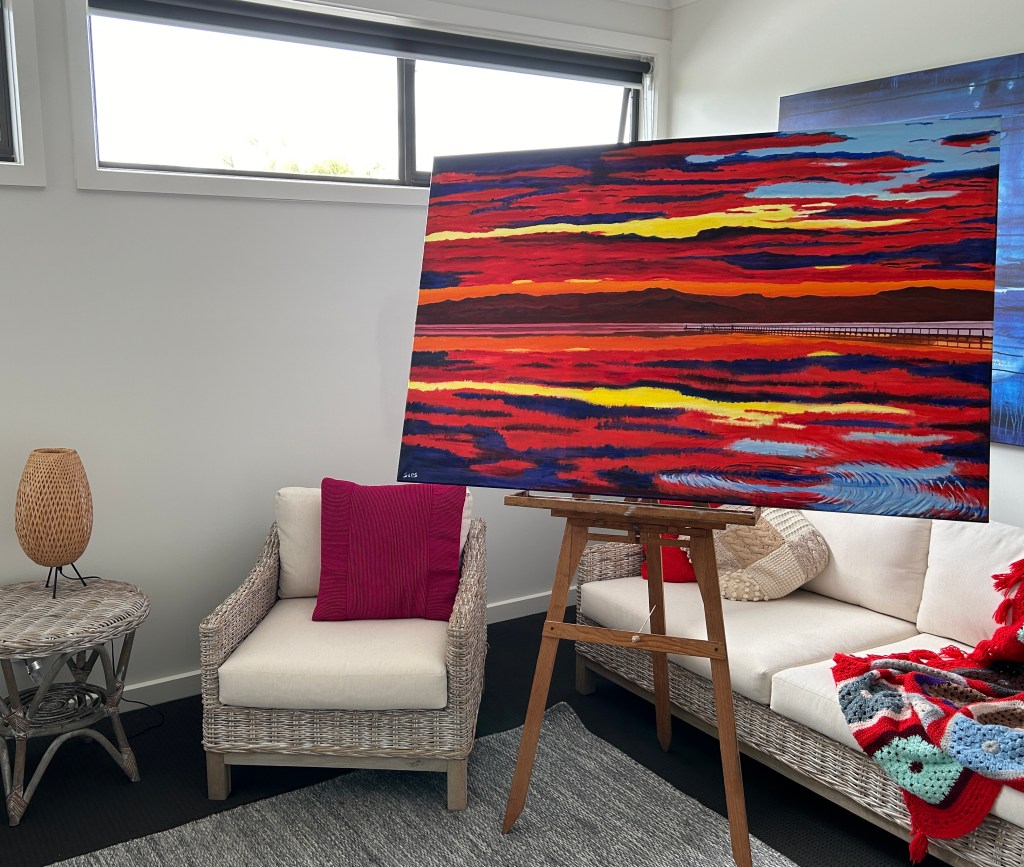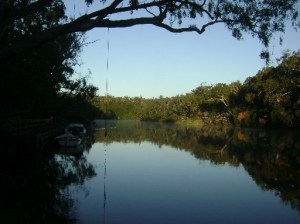How it feels? I’ll tell you how it feels Brendan Cowell! It feels annoying, depressing, disappointing, shameful, hopeless, and puts me in a really bad mood, when I am trying to relax whilst on my precious annual leave. That’s how it feels to me. What are you trying to prove with this work of fiction Brendan? Attempting to be the modern version of J.D. Salinger perhaps? (OK I’ll stop talking directly to Brendan now.)
If you want to read a book with lots of sex, drugs, bad language and a life of wasted liberty, then this book may be for you, along with these others:
Indelible ink by Fiona McGregor
The Romantic by Kate Holden
How it feels by Brendan Cowell
These are not my usual choice for reading material that’s for sure, but as a Librarian in a public library I like to stay current with what is going around, and what is being mentioned and promoted in the media. I like to see what is new in contemporary Australian literature. I don’t choose fiction much and personally prefer travel writing and memoir, but not biography. I respect the diversity of choice by authors and readers, and it is with these things in mind I will share my opinion here – for what it’s worth.
Recently I read the three books in the order as listed above, and had read The Slap by Christos Tsiolkas a year or so ago. The three books above have similarities to The Slap, but the book by Tsiolkas stands apart in my view. Perhaps it is the forerunner to this genre of writing.
My first thoughts are that with Melbourne and Sydney as the starting points for these stories, it makes me wonder at the culture. All of these books I found to be depressing, soul-less, crude, obscene, misguided, immoral, unintelligent and immature. The people in them are feral, egotistical, self-gratifying, immature, shallow, and without consideration to anyone but themselves. The behaviour and language by the people in the books (are they characters?) is appalling.
The “F” word appears as frequently as the necessary “the” and “and”. I read an article by Kate Holden where she bragged proudly about her frequent use of and love of the “F” word. Why? So?! What is intelligent about that? It is just a word and not an intelligent word at that. It is not helpful or descriptive. It is an arrogant and abusive word that halts honest and open communication. There are cleverer words to use in literature and everyday conversation.
Brendan Cowell uses the “F” word as well as the “C” word throughout his novel and really those two words are a good representation of the whole feel of his book. It is a base, soul-less, egotistical, troubled, feral, misguided, depressing portrait of a society I hope does not exist.
These three books provide scenes of a culture in Australia that is low; unintelligent; lacking morality, class, substance, and beauty; immature; misguided; and without any social structure at all. Immediate self-gratification seems to be the only aim. Are these true representations of the society we live in? I would hope not. And why are these pieces of literature and authors applauded? I don’t understand that.
The Slap by Christos Tsiolkas was perhaps the successful forerunner to these three attempts to follow in his successful path. His book too was depressing and left me with a feeling of shame to even belong to the society he illustrated. But I found his book cleverly crafted. The way his story progressed through different characters in the aftermath of “the slap” gave a depth to the story that illustrated modern day multi-cultural Melbourne.
The Romantic by Kate Holden holds no resemblance to anything romantic at all. She is a tragic immature lost soul with nothing to guide her aimless wanderings. She needs help. And unfortunately, if we are to believe the tales in these stories, modern Australian society is ill equipped to offer that help.
Neil Cronk, the main character in How it feels, is supposedly an actor, an artist, but the only glimpse we get of any “art” in the book is when Neil goes to the Tate gallery in London. His work in theatre is not evident except to create a veneer of an “artistic” type of character. He could be anything.
Indelible Ink is a book hardly worth reading at all, in my view. Empty of content, plot, character, emotion, and point, I do not recommend it. The title and the premise point towards a story about tattoos, which it is sort of, but it fails to reach any point to the tale.
If these three books are the best Australian contemporary work around then that is disappointing. If they represent the society in which we live then that is extremely worrying. Fortunately I don’t move in these tragic circles and I think these books misrepresent our culture in so many ways.
As far as literature goes, personally I prefer stories to be uplifting and with a point to the narrative. I look for beauty, spirituality, generosity and a gentle kindness that speaks of honesty, humility, openness, maturity and intelligence. The Elegance of the Hedgehog by Muriel Barbery is a perfect example of a great piece of contemporary literature. OK, so it is set in Paris and not Sydney for a start. But I can’t recall the “F” word being used at all. There was no need. The last scene stays with me as the author cleverly weaves some beautiful classical music by Satie into the scene, enriching the experience masterfully.
I implore contemporary Australian authors to get out of the gutter and for publishers to please find us some relevant Australian stories worth reading – something uplifting. Something that has the power to inspire a misguided culture to read, to be kind, and to lift itself out of this depressing, shameful culture portrayed in these dismal stories.
“Because that’s what I see when I come home to Cronulla, a bunch of white people who believe what they want to believe and see only what they want to see – which is more white people who believe what they want to believe and see what they want to see.” ~ Neil Cronk in How it feels by Brendan Cowell
Perhaps there is some truth in this quote but when I read a book at my leisure I will not persist with it if I am not enjoying it. These three books I did persist with wondering if there was a point to the dismal story and hoping there would be some form of redemption or wisdom gained from the turmoil. I am disappointed to find none, and annoyed I wasted precious time reading to the end. More than that though, there is real power in the self creation of mood, environment, health, attitude, and ultimately lifestyle when individuals take responsibility for themselves. So perhaps I am guilty of only seeing what I want to see, but I understand the impact negative images, language, attitudes have on me personally but also to shaping the culture at large as we contribute to it.
Put that in your crack pipe and smoke it Neil (or Brendan)!






 Spending my childhood and teenage years outdoors without a hat or sunscreen was normal for me and my generation. I spent most of my free daylight hours outside playing tennis, swimming, and water-skiing. Cracked lips, peeling noses, and sun burnt skulls were badges of honour as proof of sun-worship. My skin did tan to a light golden colour and to me this was some kind of validation of my Australian identity, shunning my English, Scottish and French ancestry. I inherited my skin type from my mother and aunt and they both have had many nasty things cut and burnt from their skin. My aunt who will turn 90 years of age this year has had so many cuts made to her face that she looks like she has been in a car accident. She is not the slightest bit vain about it and I admire her common-sense and practical attitude.
Spending my childhood and teenage years outdoors without a hat or sunscreen was normal for me and my generation. I spent most of my free daylight hours outside playing tennis, swimming, and water-skiing. Cracked lips, peeling noses, and sun burnt skulls were badges of honour as proof of sun-worship. My skin did tan to a light golden colour and to me this was some kind of validation of my Australian identity, shunning my English, Scottish and French ancestry. I inherited my skin type from my mother and aunt and they both have had many nasty things cut and burnt from their skin. My aunt who will turn 90 years of age this year has had so many cuts made to her face that she looks like she has been in a car accident. She is not the slightest bit vain about it and I admire her common-sense and practical attitude.